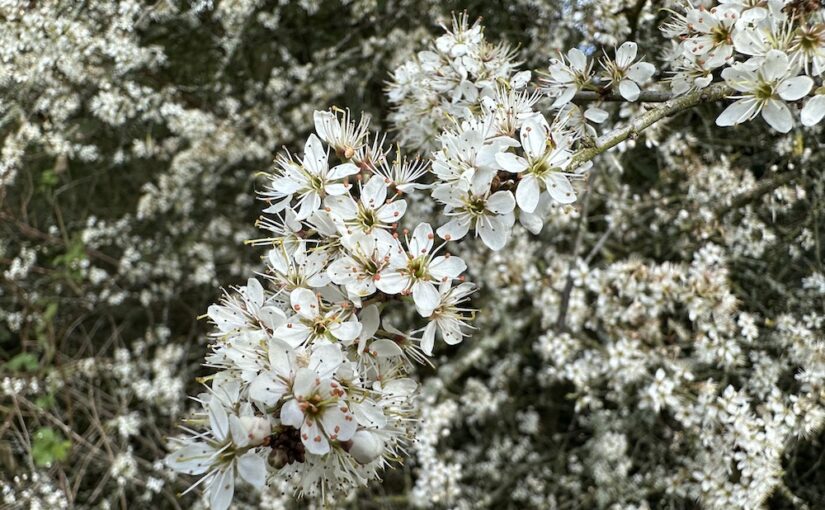Shakespeare had Juliette use the phase ‘A rose by any other name would smell as sweet’, meaning that the names of things do not affect what they are. I am fascinated by the names of wild plants which vary in different parts of the country. All plants have scientific names but these, most people are unlikely to remember.
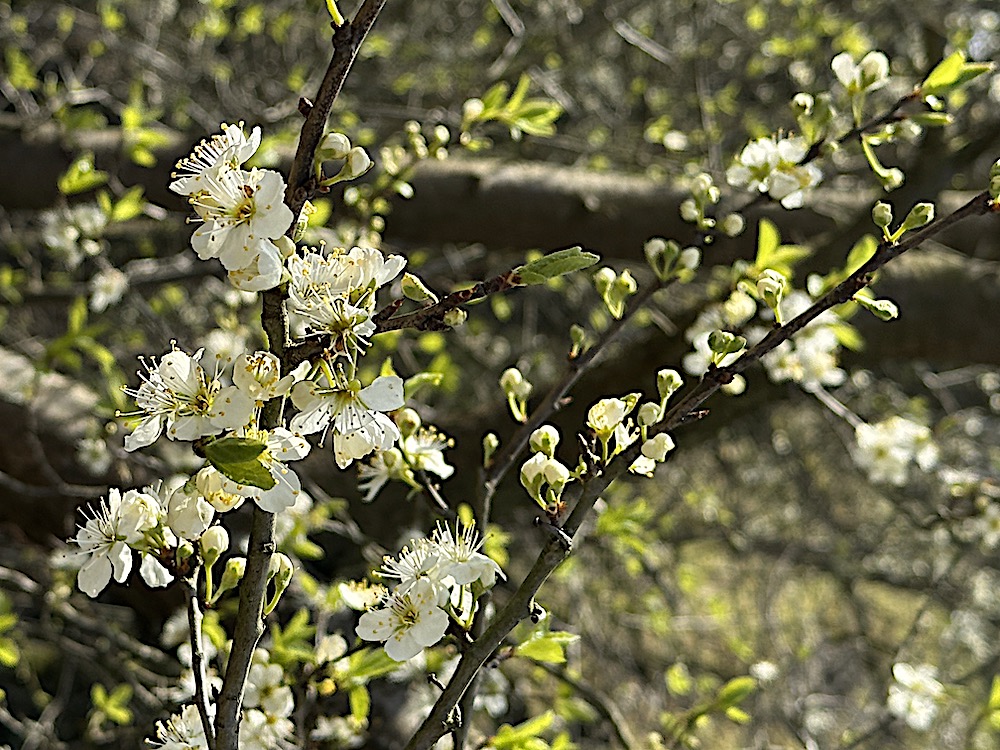
One of my favourite bushes is the Hawthorn which is also known as May, the month the flowers usually appear. There is an old saying, ‘Ne’er cast a clout till May be out’ and although some think this refers to the month of May I think it is more likely to mean the May flowers of the Hawthorn. There is often confusion between the Sloe Bush (Blackthorn) and Hawthorn. The flowers of the Blackthorn arrive before the leaves, whereas the flowers of the Hawthorn (May) open after the leaves.
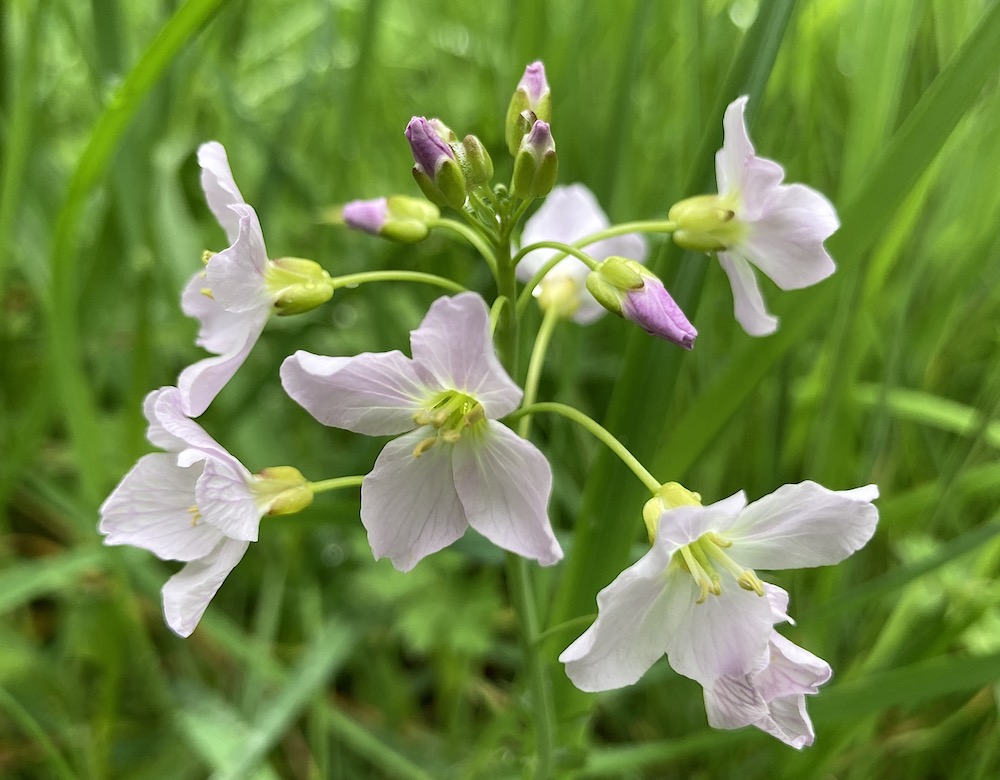
Spring sees the arrival of the Cuckooflower, its upright stem bears delicate, small, pale pink or mauve flowers. Each flower has four petals, although double-flowered varieties can appear. The Cuckooflower gets its name because it appears around the same time as the cuckoo bird arrives. It is also known as Mayflower, Lady’s Smock and Milkmaids.
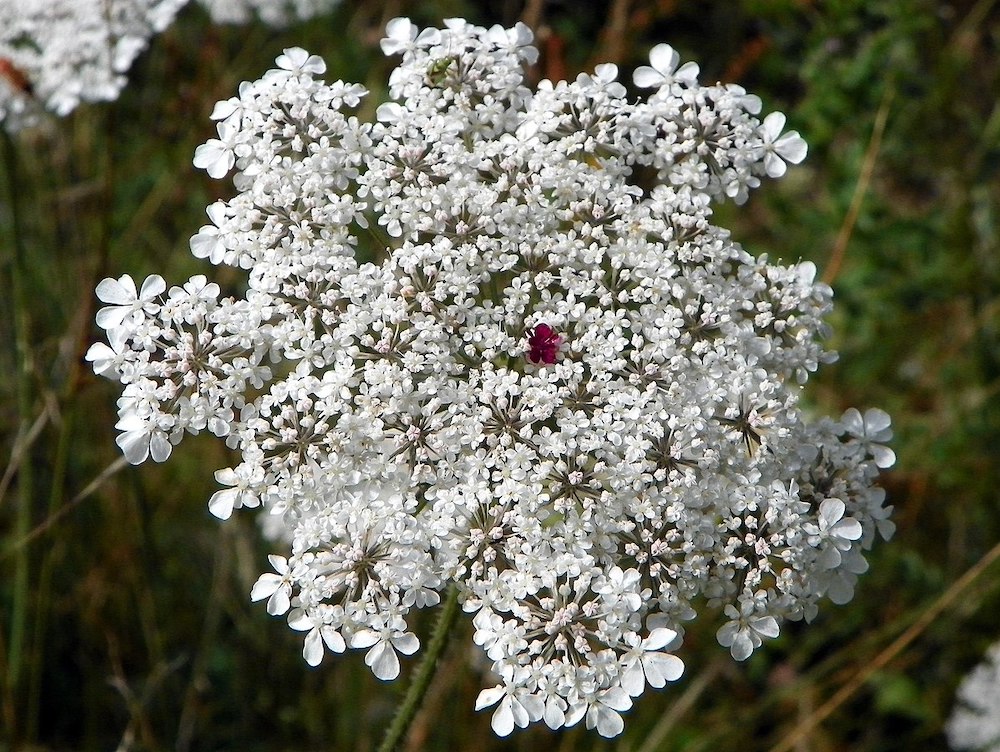
The Wild Carrot, (ancestor of cultivated carrots) also known as Queen Anne’s Lace, Bishops Flower and Birds Nest. Queen Anne was well versed in lace making and while sewing she pricked herself with a needle. A drop of blood fell unto her lace, leaving a single dark red/purple floret in the centre of the flower.
In the 18th century, English courtiers referred to this flower as “living lace.” According to this legend, the “living lace” name came from a contest that Queen Anne hosted for her ladies-in-waiting. She challenged them to produce a piece of lace as delicate and beautiful as the flower—but none could make lace to outshine the real thing.
The flower also referred to as “Bishop’s flower,” symbolises safety, sanctuary, and refuge. Another interpretation is due to the flower’s resemblance to a bird’s nest when it goes to seed—it then becomes the perfect symbol of the sanctuary of a happy home.
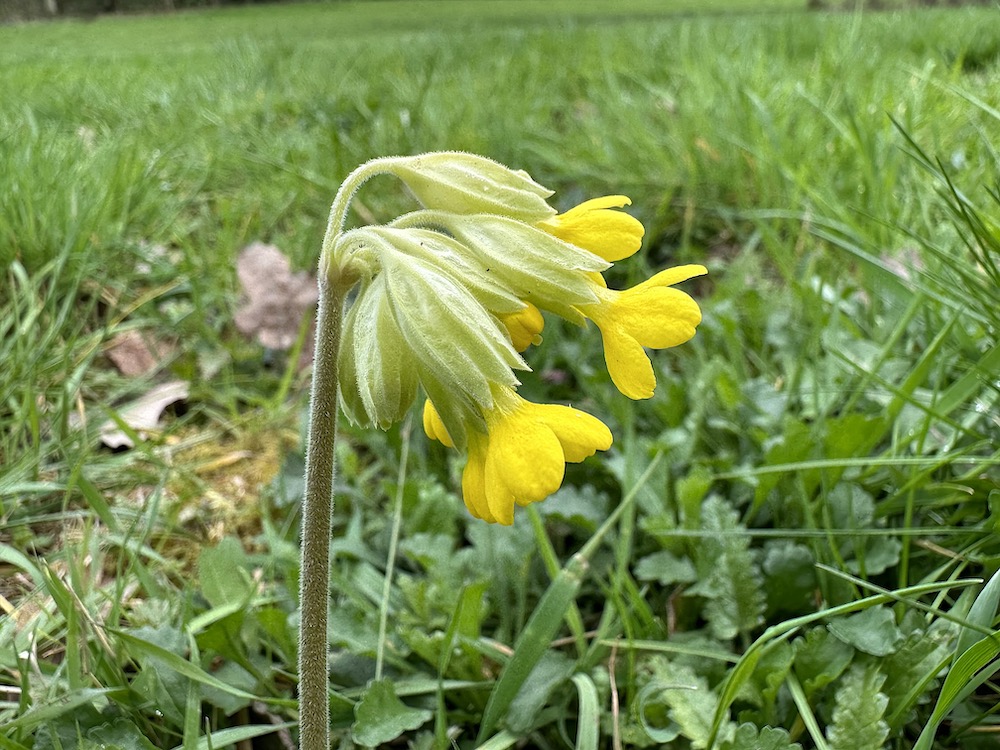
This year I have noticed an abundance of Cowslips. The cowslip has many folk names due to its historical importance and fame, including key of heaven, paigles, bunch of keys and herb Peter. Cowslip is actually a distorted pronunciation of ‘cow slop’, so named because the flowers are associated with cow pats in meadows and fields.
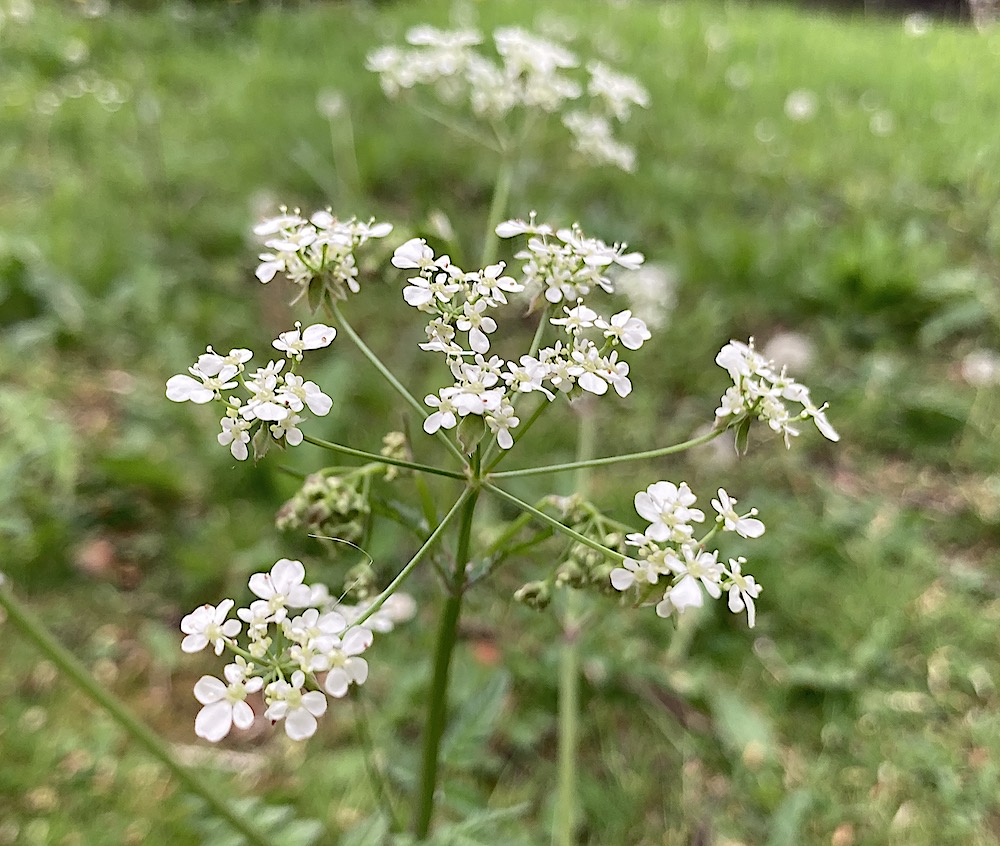
Similar to Wild Carrot is Cow Parsley with its tall stems and white lacy flowers. This plant is related to both wild carrot and parsley. The rather dismissive English name, Cow Parsley, simply means an inferior version of real parsley.
